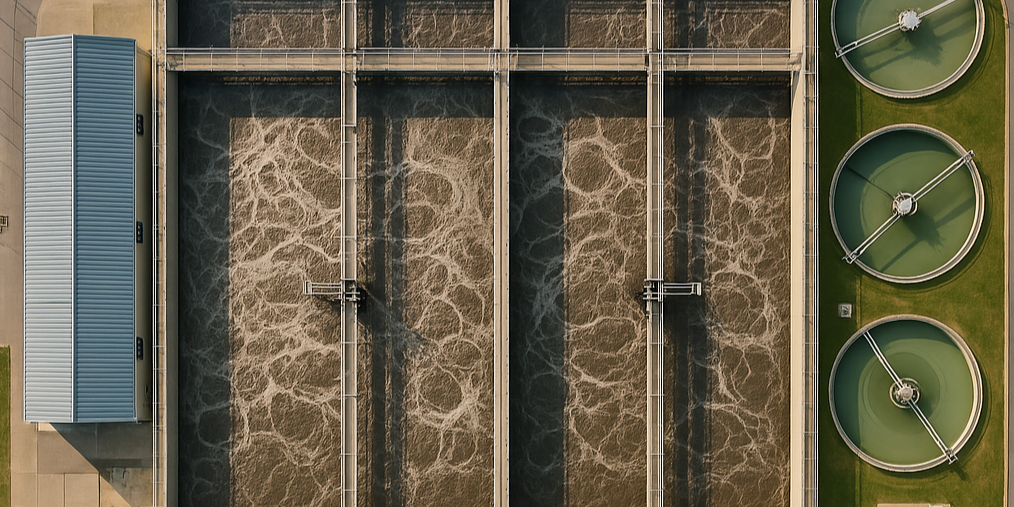Automation in Sewage Treatment Plants: A Step Towards Efficiency and Reliability
Sewage treatment plants play a crucial role in safeguarding public health and protecting the environment. Traditionally, these plants have relied heavily on human operators to oversee and control various processes. However, advancements in automation technology have opened up new possibilities for improving efficiency, reducing operational costs, and minimizing human error.

The Role of Automation
Automation involves the use of technology to control and monitor processes without significant human intervention. In sewage treatment plants, automation can be implemented in various areas, including:
Process Control: Automated systems can regulate the flow of wastewater, control the dosing of chemicals, and monitor the performance of treatment units.
Data Collection and Analysis: Sensors and data loggers can gather real-time information about plant operations, allowing for data-driven decision-making and troubleshooting.
Alarm and Notification Systems: Automated systems can detect abnormal conditions and trigger alarms to alert operators or initiate corrective actions.
Key Technologies for Automation
1. Timers: Timers are simple devices that can be used to control the timing of specific events. For example, they can be programmed to activate pumps or dosing systems at predetermined intervals.
2. Programmable Logic Controllers (PLCs): PLCs are industrial computers that can be programmed to execute complex control sequences. They can be used to automate a wide range of tasks, such as controlling valves, pumps, and other equipment.
3. Human-Machine Interfaces (HMIs): HMIs provide a user-friendly interface for operators to interact with automated systems. They can display real-time data, provide visual representations of plant processes, and allow operators to control equipment remotely.
Benefits of Automation
Improved Efficiency: Automation can optimize plant operations by reducing downtime and improving process control.
Reduced Costs: By automating repetitive tasks, plants can reduce labor costs and save on energy consumption.
Enhanced Reliability: Automated systems can help to prevent human errors and ensure consistent plant performance.
Improved Data Management: Automation enables the collection and analysis of vast amounts of data, providing valuable insights into plant operations.
Decreasing Reliance on Plant Operators
Leveraging Advanced Control Systems: Implementing advanced control systems, such as supervisory control and data acquisition (SCADA) systems, can automate many routine tasks and reduce the need for constant operator oversight.
Utilizing Predictive Maintenance: By using data analytics and machine learning, plants can predict equipment failures and schedule maintenance proactively, minimizing unplanned downtime.
Implementing Remote Monitoring: Remote monitoring systems allow operators to monitor plant performance from off-site locations, reducing the need for on-site presence.
Reducing Human Error
Implementing Redundancy: Redundant systems can provide backup in case of equipment failures or human errors.
Enhancing Operator Training: Providing operators with comprehensive training on automation systems and safety procedures can help to reduce the risk of human error.
Utilizing Safety Interlocks: Safety interlocks can prevent hazardous conditions by automatically shutting down equipment if certain safety parameters are not met.
In conclusion, automation has the potential to revolutionize the way sewage treatment plants operate. By leveraging advanced technologies such as timers, PLCs, and HMIs, plants can improve efficiency, reduce costs, and enhance reliability. As automation continues to evolve, it is likely that we will see even greater benefits in the years to come.
[Tags] : sewage treatment, automation, timers, PLC, HMI, plant operators, human error, efficiency, reliability, data management, process control, wastewater, chemicals, sensors, data loggers, alarm systems, advanced control systems, predictive maintenance, remote monitoring, redundancy, operator training, safety interlocks




